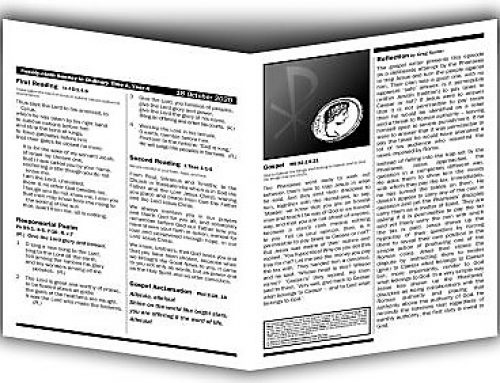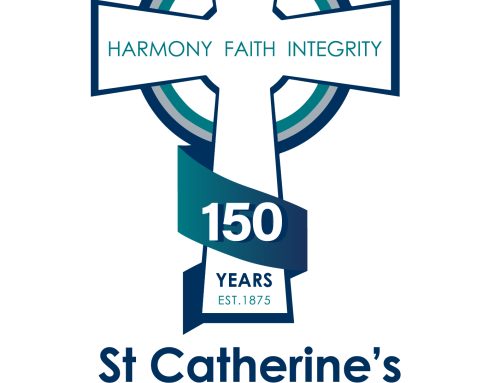St Augustine Zhao Rong and Companions – 9 July
Christianity arrived in China by way of Syria in the 600s. Depending on China’s relations with the outside world, Christianity over the centuries was free to grow or was forced to operate secretly.
The 120 martyrs in this group died between 1648 and 1930. Eighty-seven of them were born in China, and were children, parents, catechists, or laborers, ranging in age from nine years to 72. This group includes four Chinese diocesan priests. The 33 foreign-born martyrs were mostly priests or women religious, especially from the Order of Preachers, the Paris Foreign Mission Society, the Friars Minor, Society of Jesus, Society of St. Francis de Sales (Salesians), and Franciscan Missionaries of Mary.
Augustine Zhao Rong was a Chinese soldier who accompanied Bishop John Gabriel Taurin Dufresse of the Paris Foreign Mission Society to his martyrdom in Beijing. Not long after his baptism, Augustine was ordained as a diocesan priest. He was martyred in 1815.
Beatified in groups at various times, these 120 martyrs were canonized together in Rome on October 1, 2000.
St Benedict – 11 July
It is unfortunate that no contemporary biography was written of a man who has exercised the greatest influence on monasticism in the West. Benedict is well recognized in the later Dialogues of Saint Gregory, but these are sketches to illustrate miraculous elements of his career.
Benedict was born into a distinguished family in central Italy, studied at Rome, and early in life was drawn to monasticism. At first he became a hermit, leaving a depressing world—pagan armies on the march, the Church torn by schism, people suffering from war, morality at a low ebb.
He soon realized that he could not live a hidden life in a small town any better than in a large city, so he withdrew to a cave high in the mountains for three years. Some monks chose Benedict as their leader for a while, but found his strictness not to their taste. Still the shift from hermit to community life had begun for him. He had an idea of gathering various families of monks into one “Grand Monastery” to give them the benefit of unity, fraternity, and permanent worship in one house. Finally he began to build what was to become one of the most famous monasteries in the world—Monte Cassino, commanding three narrow valleys running toward the mountains north of Naples.
The Rule that gradually developed prescribed a life of liturgical prayer, study, manual labor, and living together in community under a common abbot. Benedictine asceticism is known for its moderation, and Benedictine charity has always shown concern for the people in the surrounding countryside. In the course of the Middle Ages, all monasticism in the West was gradually brought under the Rule of St. Benedict.
Today the Benedictine family is represented by two branches: the Benedictine Federation encompassing the men and women of the Order of St. Benedict; and the Cistercians, men and women of the Order of Cistercians of the Strict Observance.
Patron Saint of Europe, Kidney Disease, Monastics, Poisoning, Schoolchildren
St Henry – 13 July
As German king and Holy Roman Emperor, Henry was a practical man of affairs. He was energetic in consolidating his rule. He crushed rebellions and feuds. On all sides he had to deal with drawn-out disputes so as to protect his frontiers. This involved him in a number of battles, especially in the south in Italy; he also helped Pope Benedict VIII quell disturbances in Rome. Always his ultimate purpose was to establish a stable peace in Europe.
According to eleventh-century custom, Henry took advantage of his position and appointed as bishops men loyal to him. In his case, however, he avoided the pitfalls of this practice and actually fostered the reform of ecclesiastical and monastic life. He was canonized in 1146.




